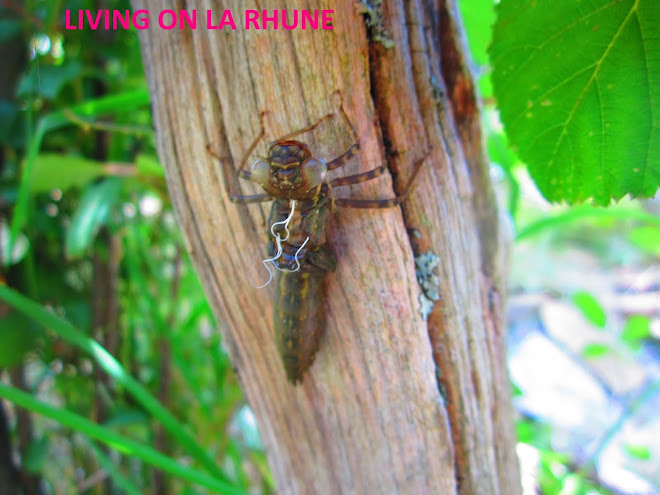My house is made from stones from LaRhune. It is an old bergerie (from the term berger, French for shephard. Its walls were built dry, just stone on stone, over a century ago. LaRhune is dotted with bergeries--rough stone buildings used to house sheep. Only a few were renovated before it became illegal. Many have stone slab roofs, like mine. The three foot thick walls are warm in winter and cool in summer.
Each house in Basque Country, including bergeries, have names. Mine is Etcheverrygaraykoborda, a long name for a little house. For years, no street numbers identified house locations; everyone knew the houses by their names. I still don't have a street address; my house is called by its name, a name everyone in town recognizes. I myself am not so lucky; after twelve years of living here, I am still referred to by almost everybody in Sare as L'Americaine, the only American in the area.

No comments:
Post a Comment